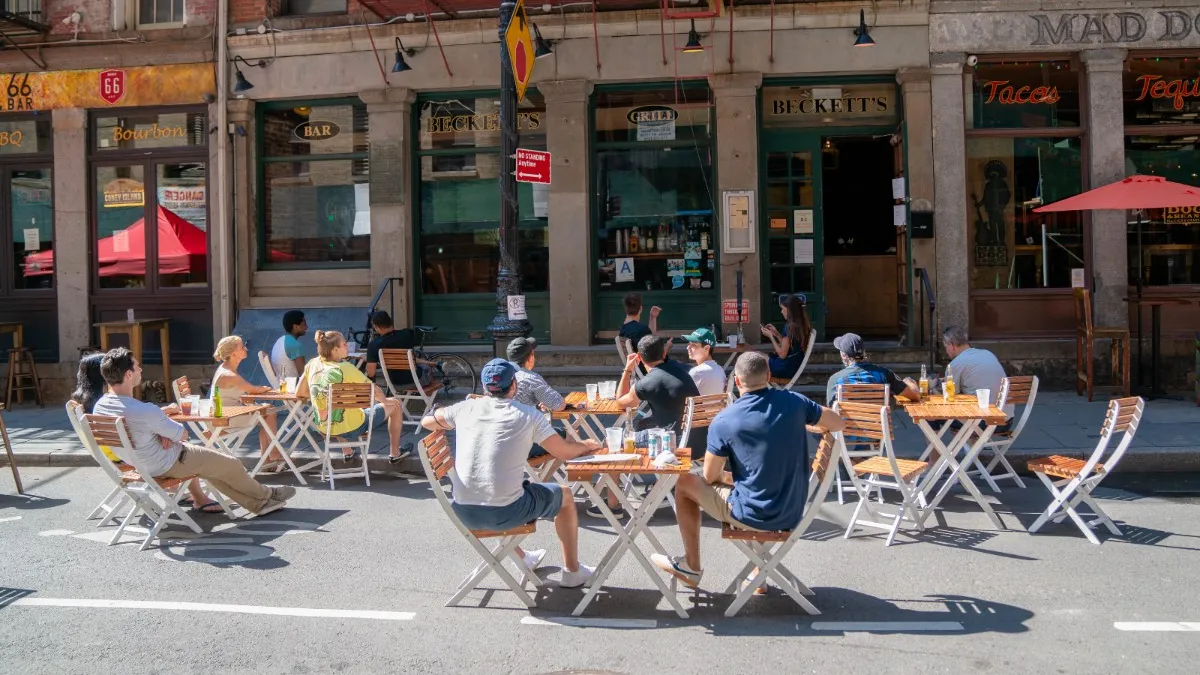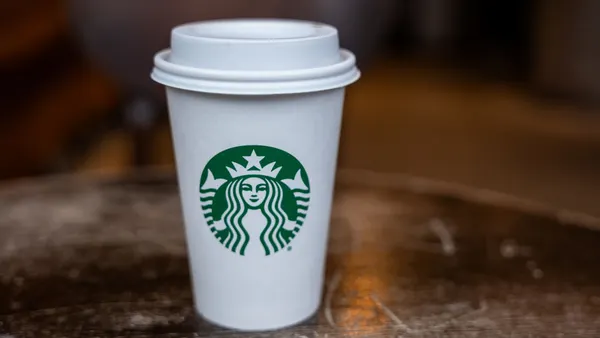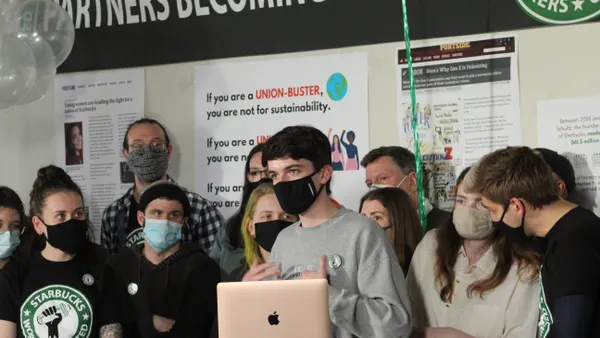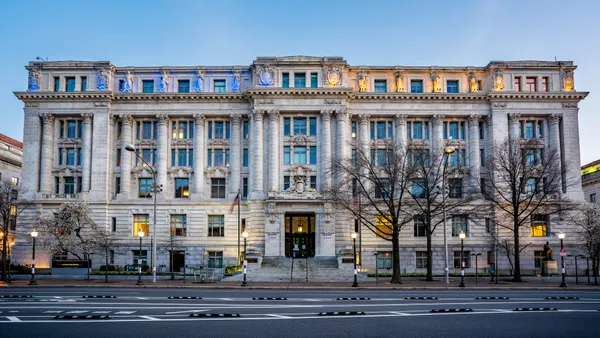Dive Brief:
- Unemployed Hawaiians will soon receive a $500 gift card to use at restaurants in an effort to help boost the state’s economy. Business Insider reports the Hawaii Chamber of Commerce is pulling $75 million from its CARES Act money to fund the cards. To qualify, the resident must have qualified for unemployment insurance since March 25 and are still getting it.
- The “Hawaii Restaurant Card,” as they’re called, can be used only at restaurants in the state, including for alcohol and tips, and are valid from Oct. 20 through Dec. 15. They work like a debit card, with restaurant bills deducted from the card’s total amount, and will be sent automatically to those who qualify.
- Sherry Menor McNamara, president of the Chamber, said a study that evaluated the program showed it would nearly double its economic impact for local businesses and estimated the program will save 1,000 jobs during a time when a lot of restaurants, particularly outside of the QSR space, are shedding jobs.
Dive Insight:
An estimated 100,000 people will initially get the card, according to the state’s Department of Labor and Industrial Relations, and a second pool of residents will also be eligible. To facilitate the program, Hawaii is using about $75 million of its federal CARES Act money, a fraction of its $863 million in CARES Act money that must be spent by the end of this year. Other industries, like airports and public school systems, will benefit from that money as well.
The restaurant industry could use the tailwind. The National Restaurant Association estimates that nearly 100,000 restaurants have closed so far due to the COVID-19 crisis, with thousands more closures expected. In Hawaii, over 50 restaurants have permanently closed so far. There are about 3,665 eating and drinking locations in the state and the industry makes up about 15% of total employment in Hawaii.
The Chamber and the National Restaurant Association both estimate that every $1 spent in a restaurant generates $1.82 in economic activity. Indeed, about 10% of consumers’ disposable personal income goes toward the food sector, illustrating the industry’s economic contributions.
Hawaii is the only state thus far offering this type of incentive, Business Insider reports, but if it provides a material lift in the state’s economy it just may be applied elsewhere. There’s no reason to believe it won’t, particularly since restaurants big and small got a lift from the federal stimulus payments of $600 per week. According to a number of executives, it’s clear consumers spend at least some of their stimulus money at restaurants, which has aided somewhat in the industry’s recovery.
The United Kingdom is also an example of how such a stimulus could benefit the industry. The U.K. government's “Eat Out to Help Out” plan provided a 50% discount at restaurants between Mondays and Wednesdays through Aug. 31. The program boosted restaurant spending by more than one-third on those days, according to MorningStar data. Further, 38% of residents took advantage of the plan. However, some have linked the program to a rise in COVID-19 cases and England is looking at bringing back nationwide restrictions.
Therein lies the challenge of such a dedicated stimulus program. Consumers have pent-up demand to dine out and are likely to be incentivized if someone else is paying for them to do so. But there is also lingering, widespread anxiety about dining out and it’s unclear if a stimulus program would ease those anxieties as such correlations present themselves.











